JAK/TYK2
Abstract 1731 is a small RCT of baricitinib in inflammatory myositis comparing early start baricitinib to later start.
Are emulation ‘trials’ helpful, despite the biases that occur with observational data, or do they truly mimic the results of randomized controlled trials (RCTs)?
The findings from ORAL Surveillance Study have been a dominant conversation at recent ACR Convergence, with the seminal findings and subsequent analyses a target of debate. Subsequent post-hoc analyses, follow-up studies, and claims data analyses have been used to further interpret the data, though a clear answer on safety is not certain. A study presented on Sunday reported on a new post-hoc analysis that provides new insights.
Clinicians treating giant cell arteritis (GCA) have long had to contend with a disappointingly limited selection of drugs from which to select. A new group of drugs is finally showing promise in the treatment of GCA.
A recent study by Sparks et al reveals evolving trends in DMARD usage for rheumatoid arthritis over two decades in the United States. This retrospective analysis evaluated 407,728 DMARD initiation episodes among 229,365 unique patients from 2001 to 2021.
When should you consider off-label use of JAKi?
Similar to JAKs, TYK2 is an important mediator of innate and adaptive immune activation. Unlike JAKs, however, TYK2 is thought to play a minimal role in other pathways, such as metabolic and hematopoietic axes. Therefore, it is hypothesized that TYK2-targeted agents could be effective in rheumatic disease, with a potential for less off-target adverse effects. Zasocitinib is a new, oral TYK2 inhibitor generated using artificial intelligence-
Over the past 5 years, there has been growing interest in RA-ILD due to its relative prevalence and severity. This seems to be one of the few RA outcomes not improving much, even with the advent of expanded treatment options. There is also a shocking lack of trial data. This year, there were two oral sessions dedicated to RA-ILD, one of which even the overflow room was standing room only, in addition to many posters.
In 1950, three scientists were awarded the Nobel Prize for their groundbreaking discovery of steroids, heralded at the time as a "miracle cure" for rheumatoid arthritis (RA). However, just a year after their introduction, evidence began to surface regarding the harmful side effects and withdrawal symptoms such as pain and fatigue that were independent of RA itself.
Recent advancements in targeted therapies, including selective inhibitors of key inflammatory pathways, offer promising outcomes for patients with active psoriatic arthritis (PsA). At ACR 2024, there have been further developments in novel therapies in PsA. Three innovative treatments: Zasocitinib, Vunakizumab, and Sonelokimab, as detailed in recent phase 2 trials, were presented at ACR 2024.






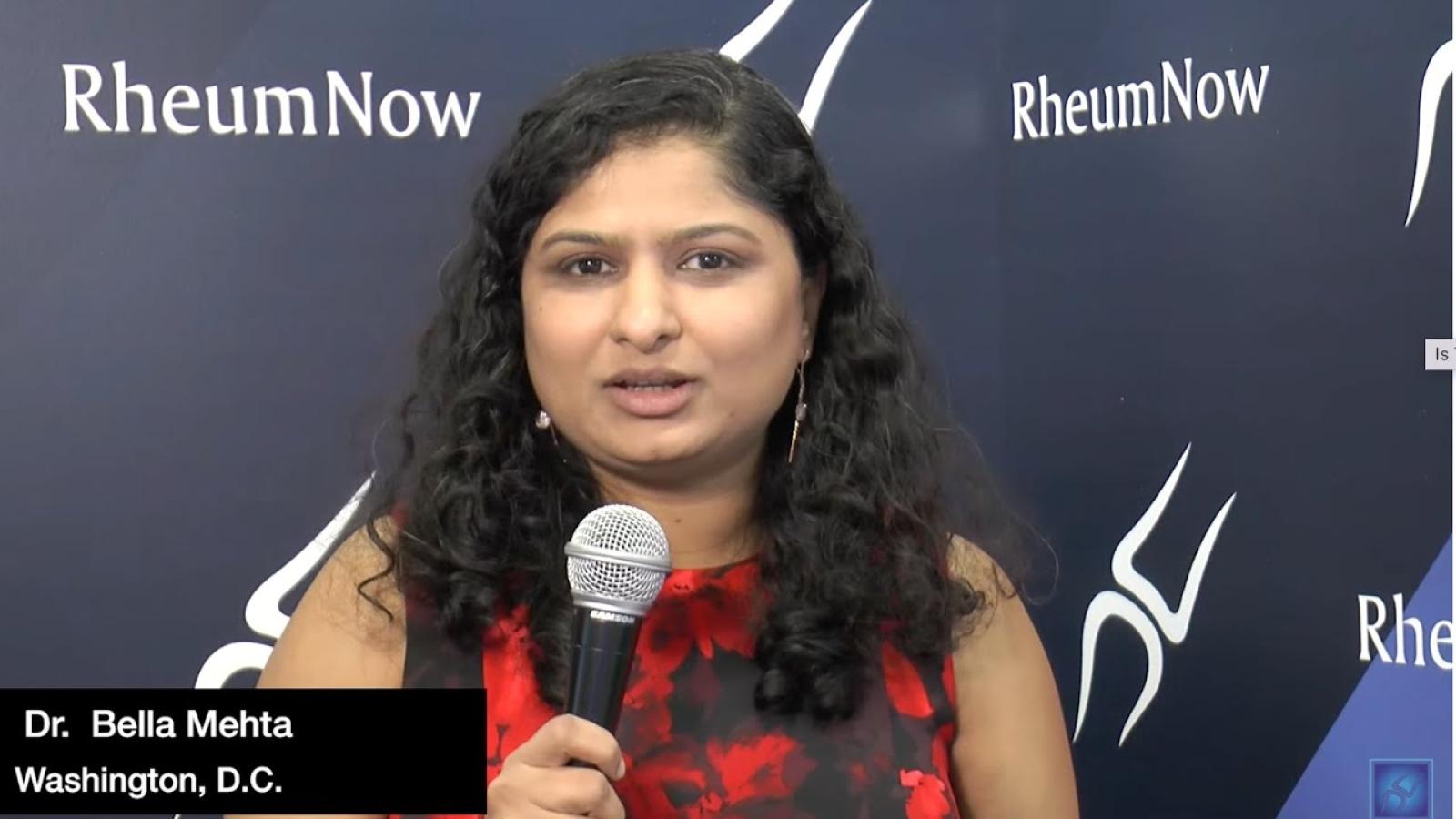


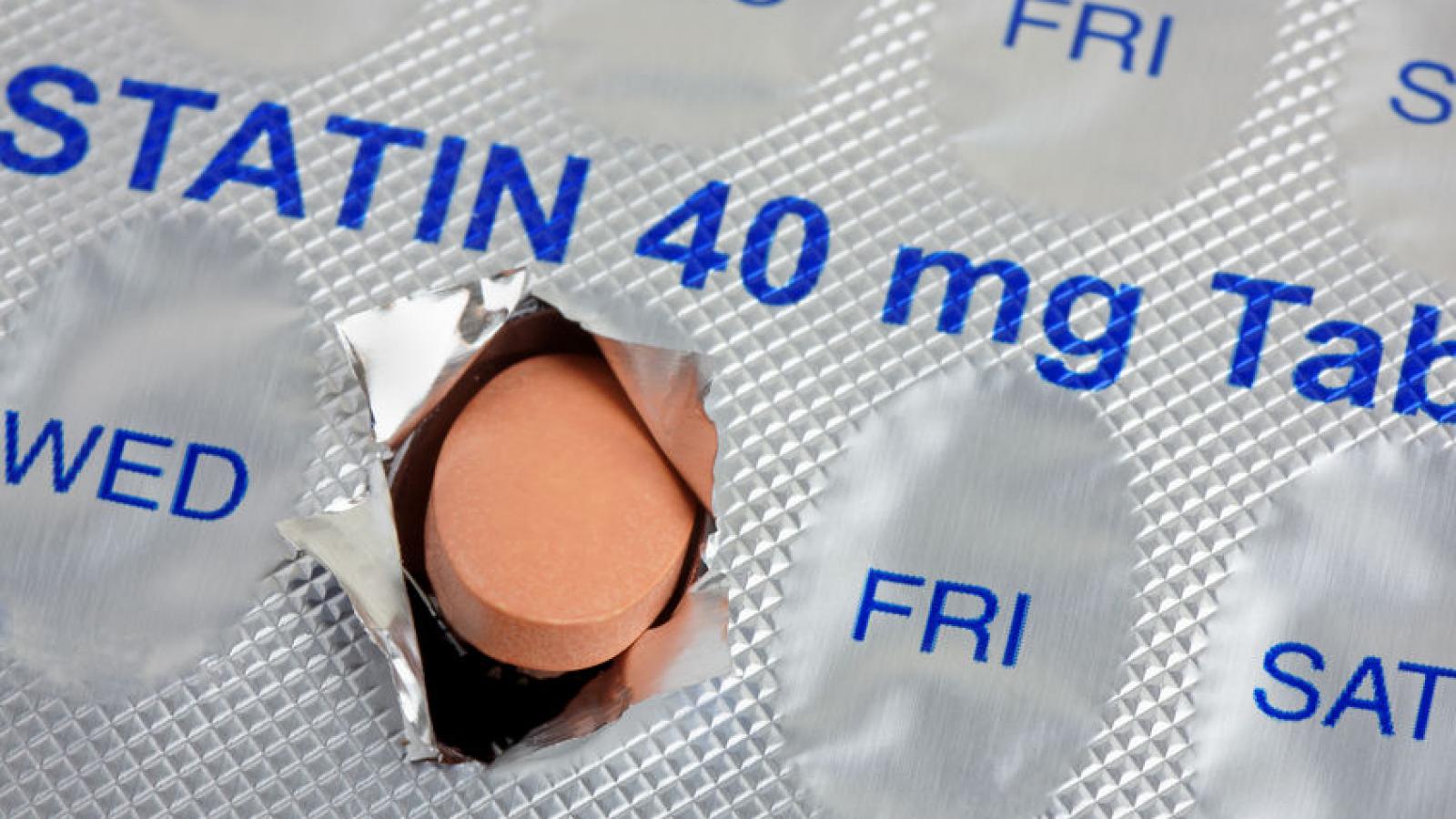

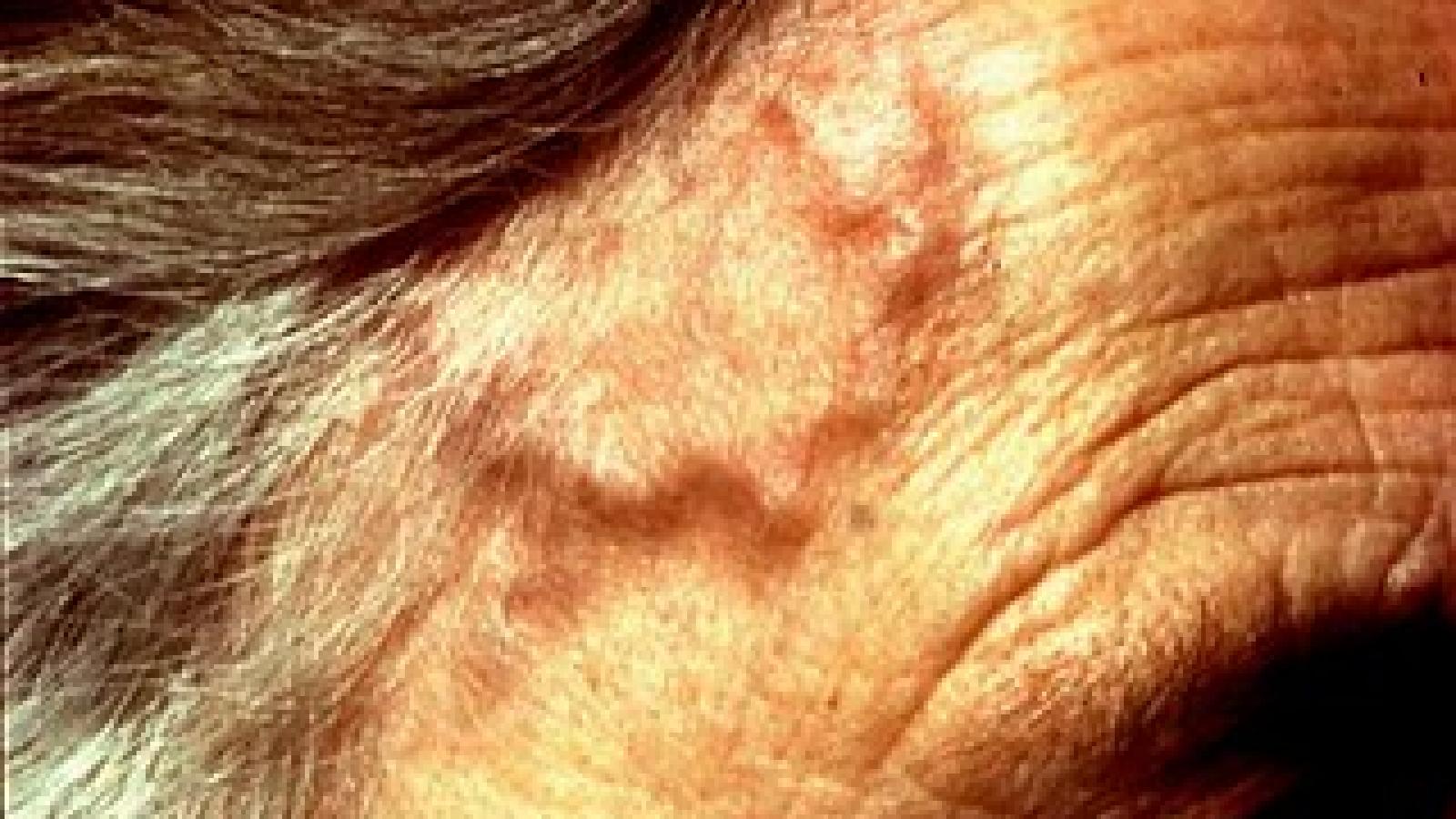
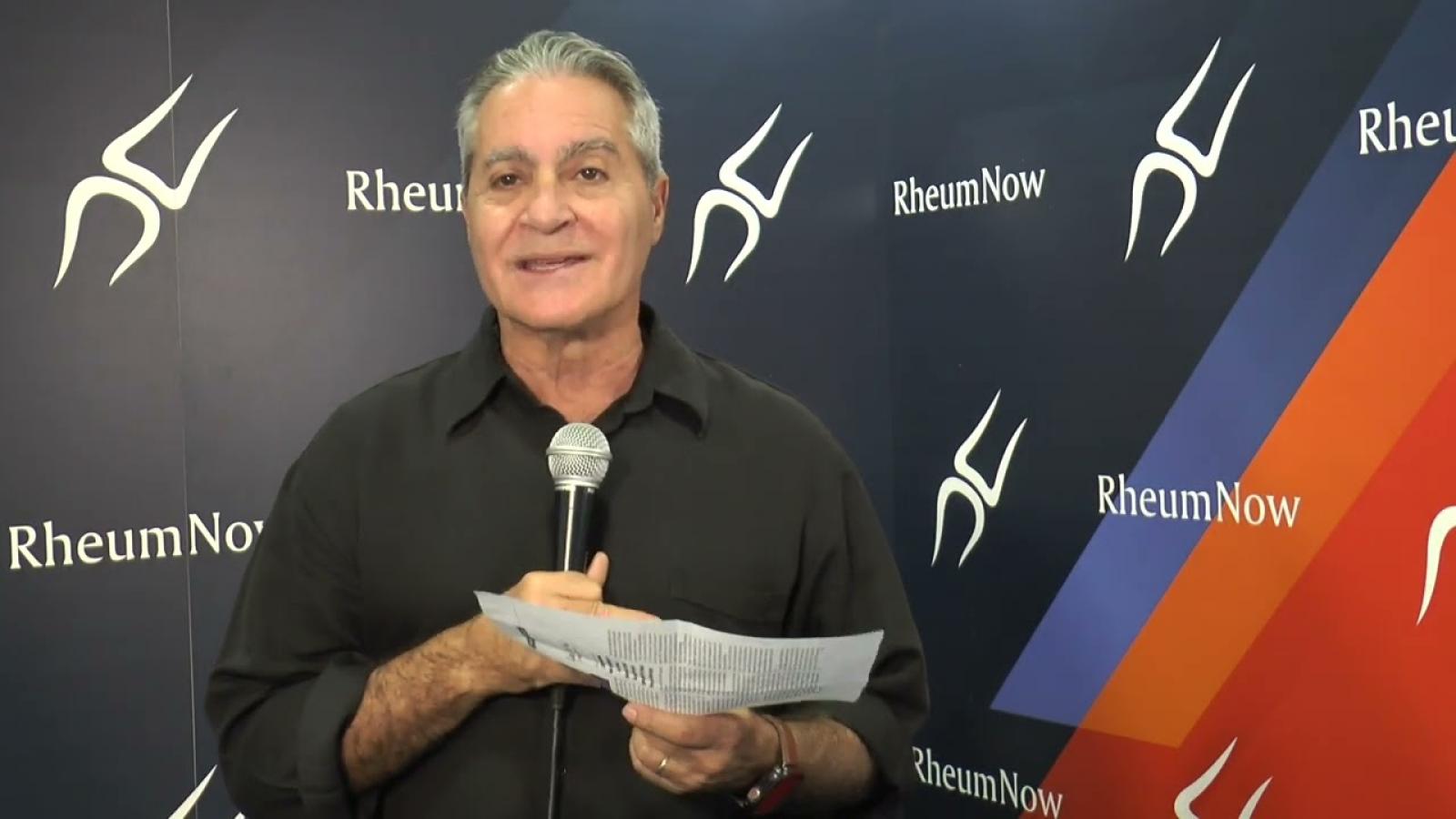


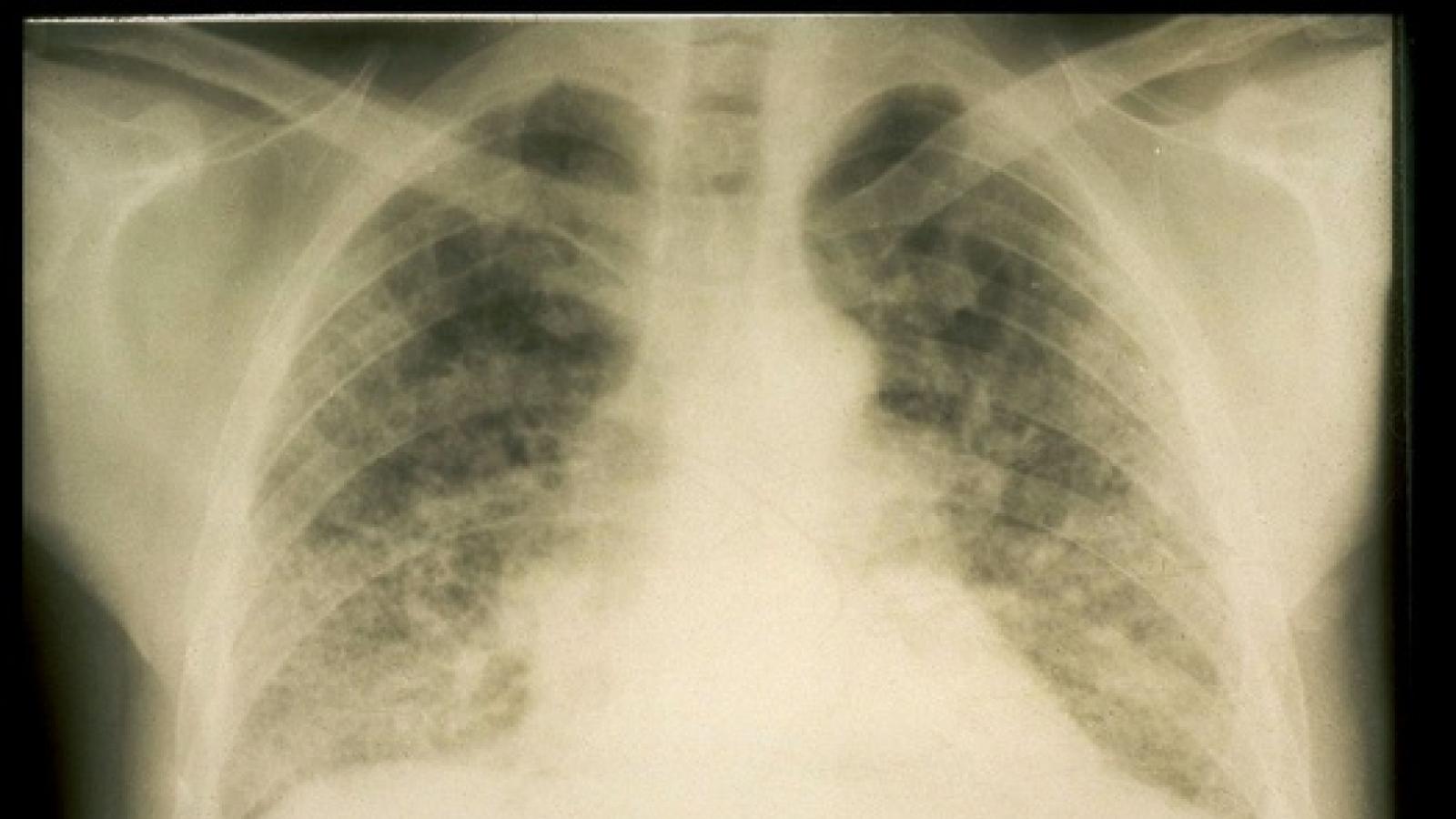
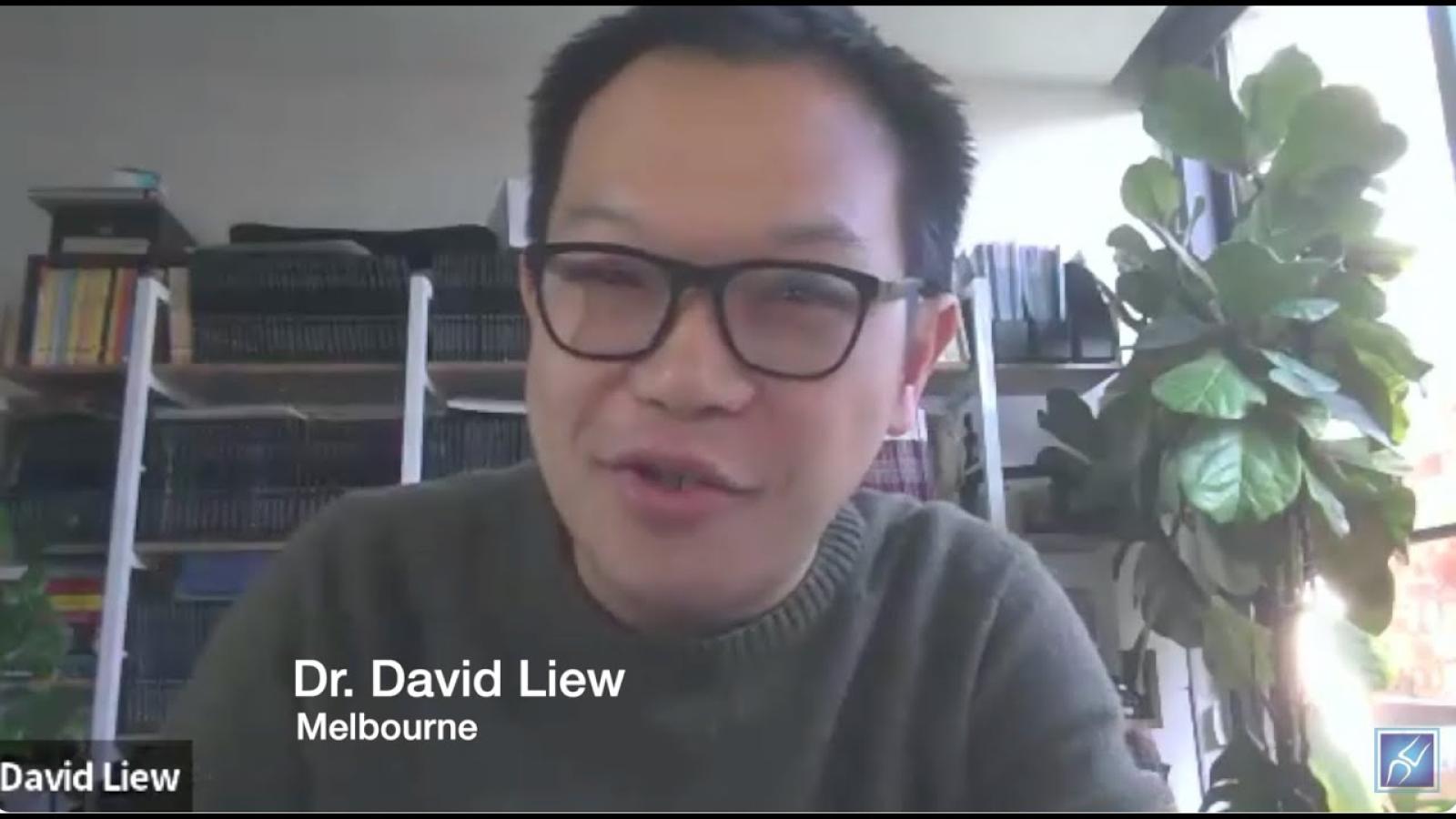
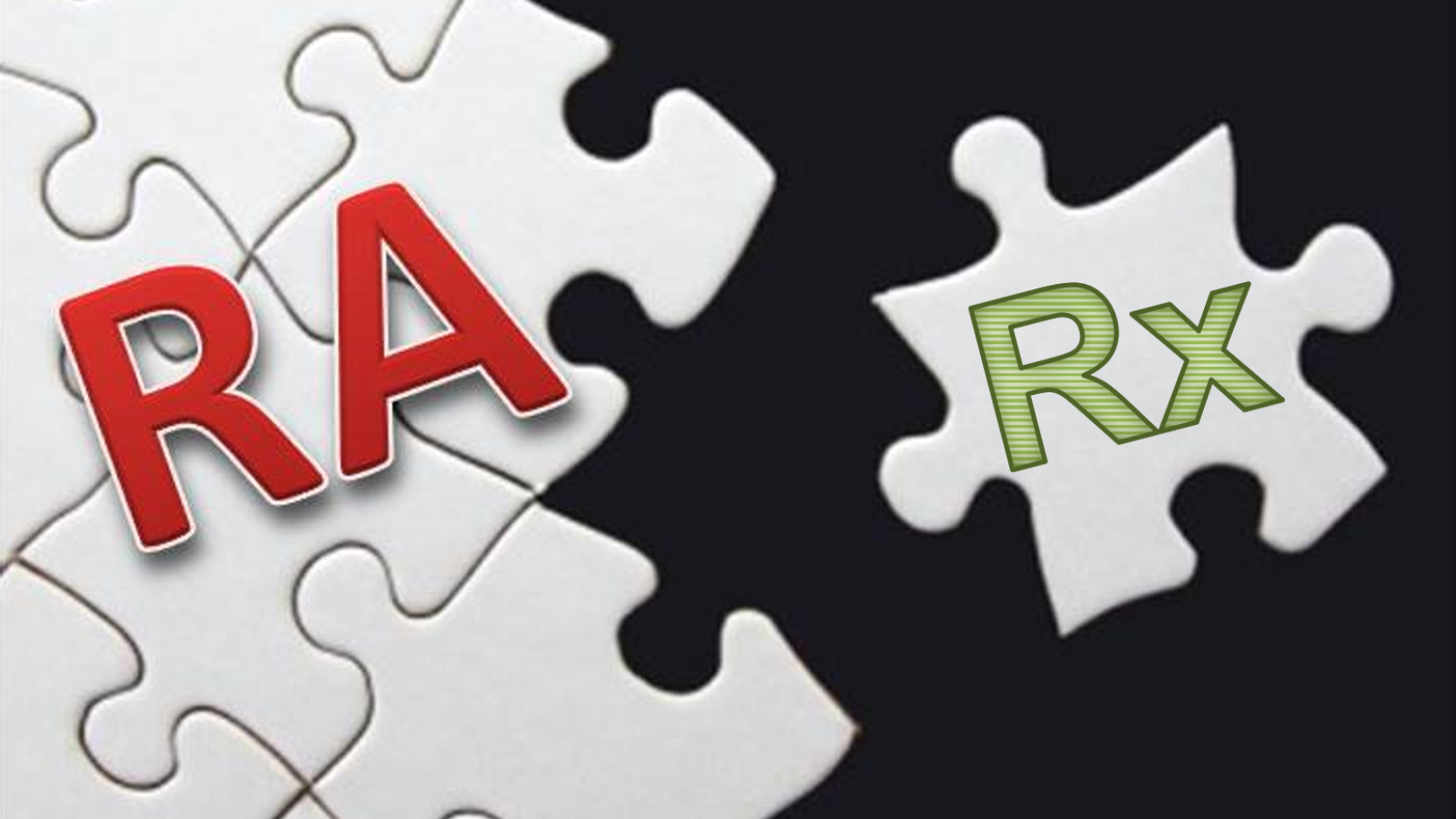
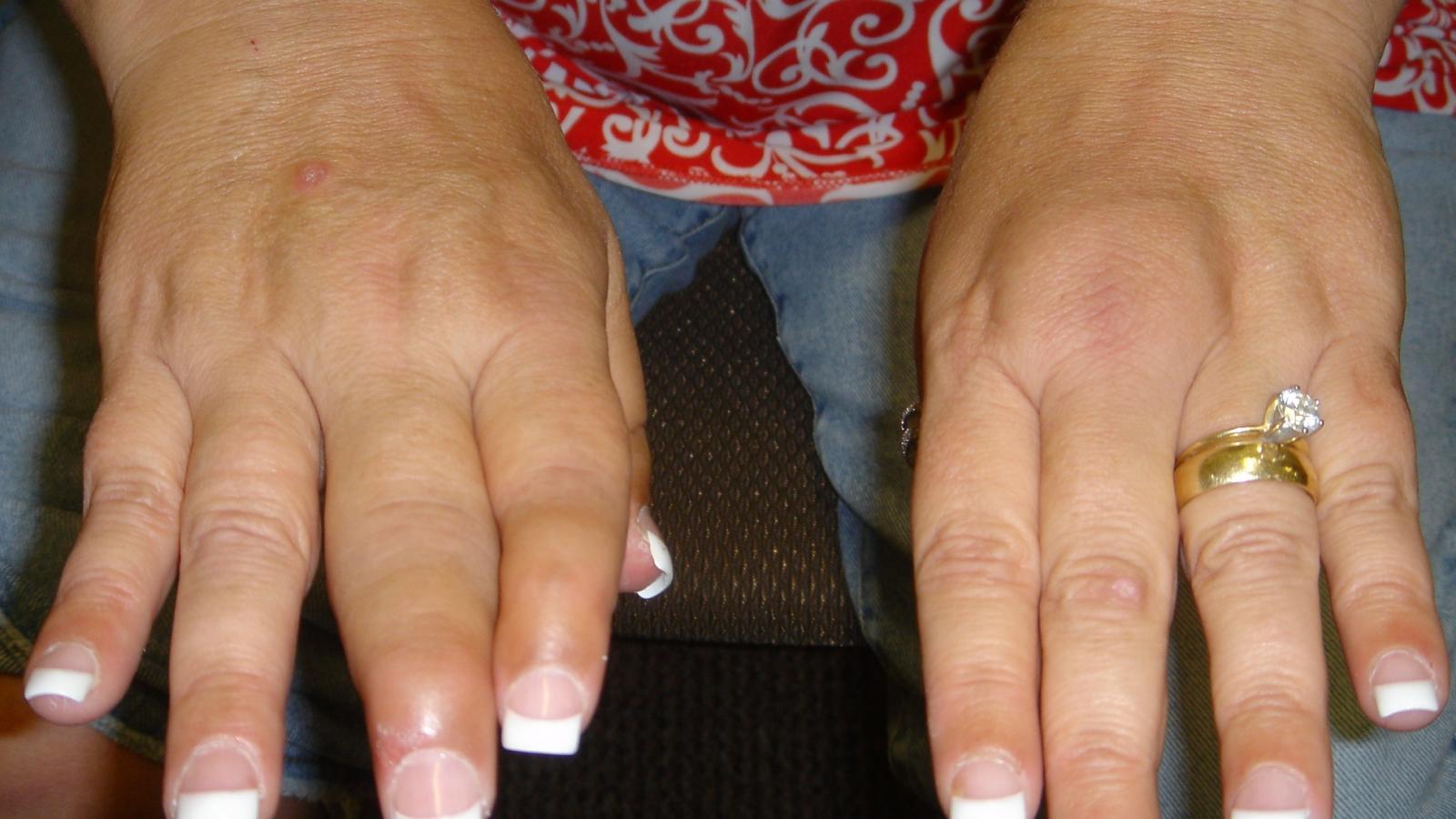






 Poster Hall
Poster Hall